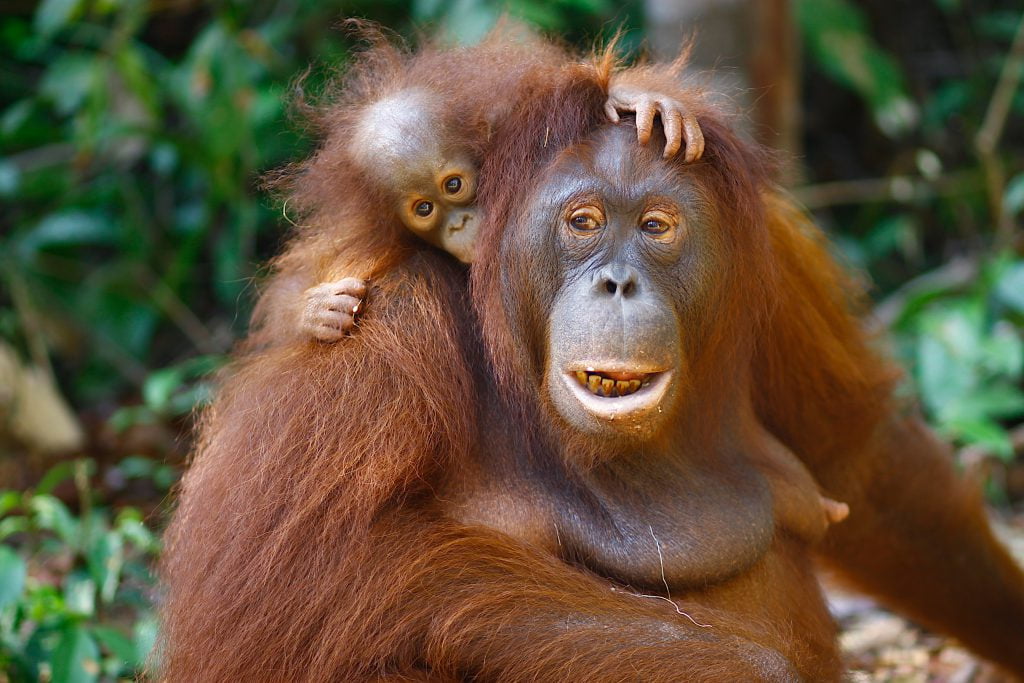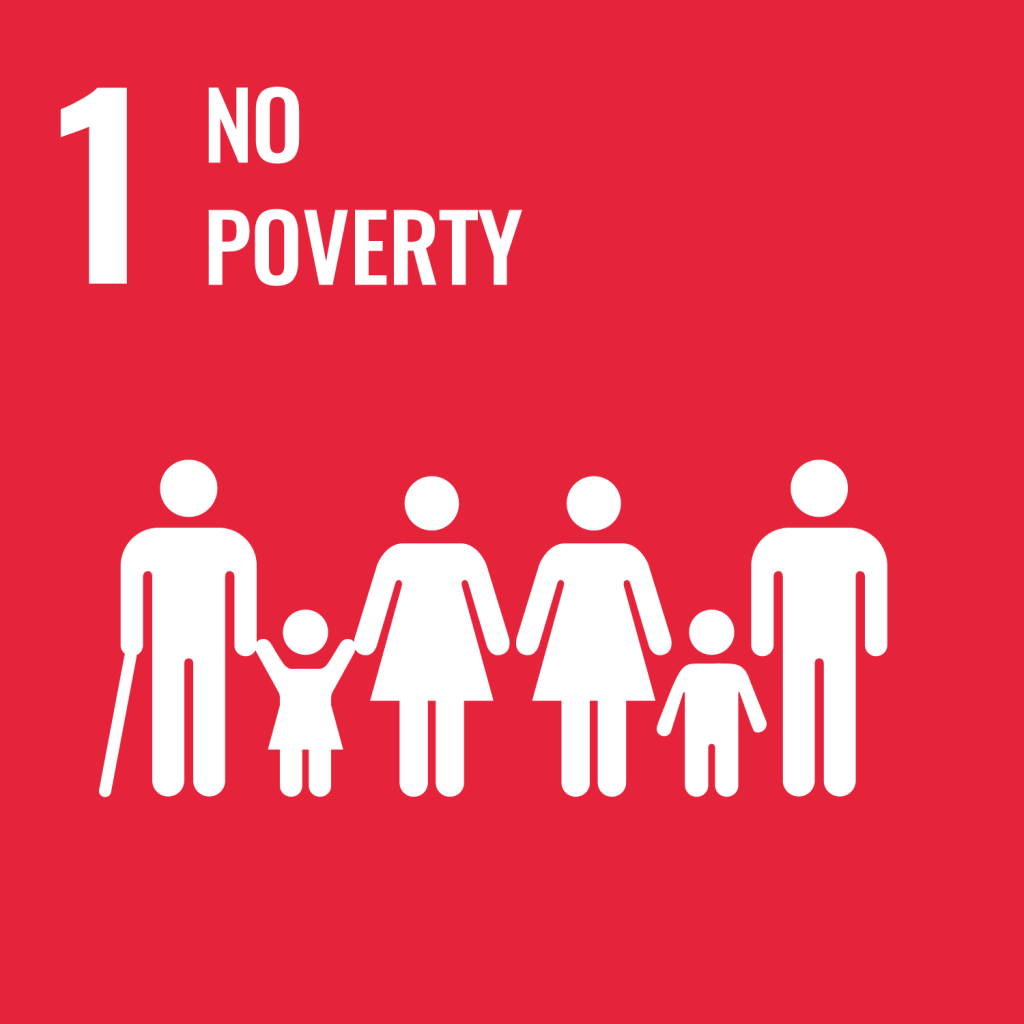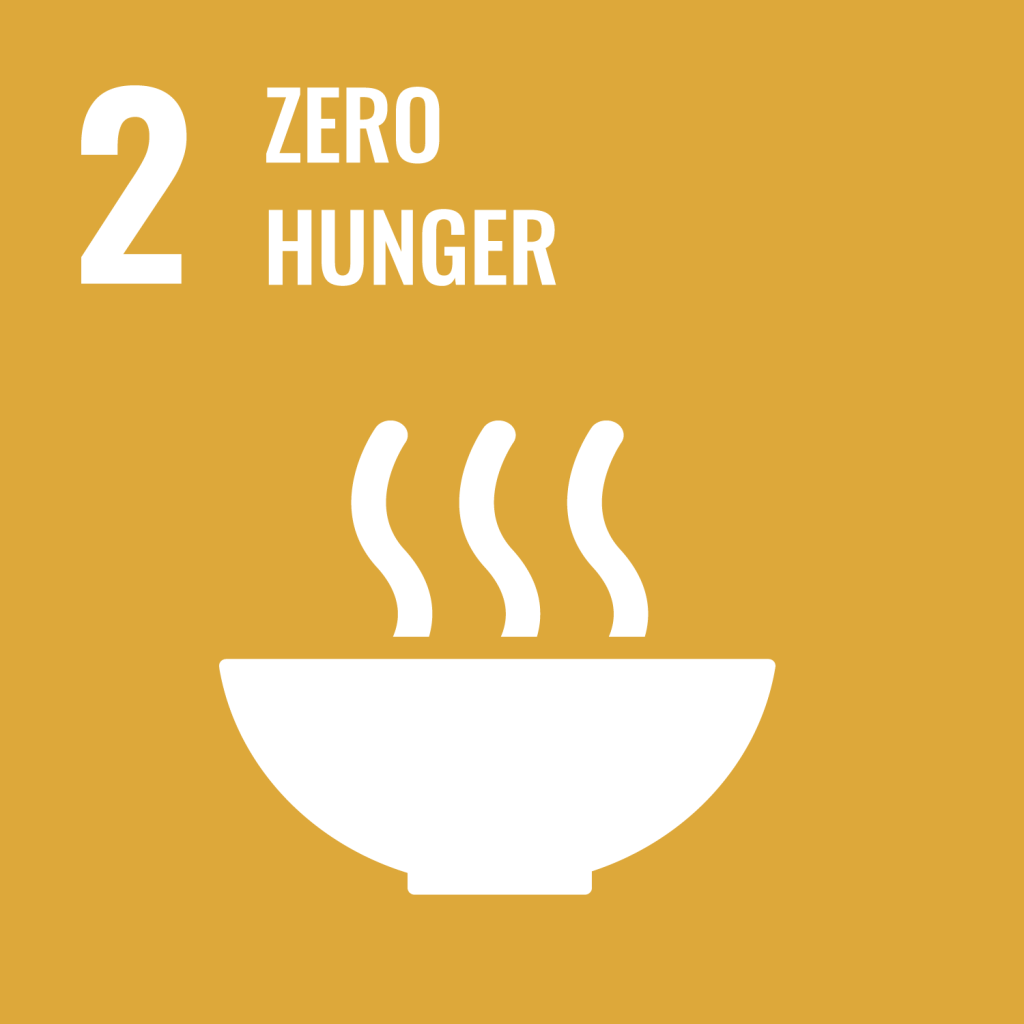Ticking all of the boxes, Rimba Raya
Michael Cooper
DateJanuary 2023

The fact that you are reading this article suggests that in one way or another you are interested in doing your bit for the planet. Whether it’s planting trees to improve biodiversity and sequester carbon, or measuring and offsetting greenhouse gas emissions, it is vitally important that when you purchase products you need to be assured that your investment is genuinely beneficial to the environment.
Five minutes on the internet will reveal a myriad of auditing bodies and organisations who claim to validate projects, and most act with integrity and legitimacy. But all are slightly different to each other, and the world has been crying out for a single system to validate projects that claim to improve the world across a range of factors.
The most widely known of these methods of measuring the righteousness of projects is the United Nations Sustainable Development Goals, or UN SDGs.
In the early years of the 2000s the UN Member States issued a series of goals known as the Millennium Development Goals. These MDGs were made up of eight goals, that included education, the environment, equality, health, hunger and poverty. Then in 2015, the UN replaced these with a set of more ambitious objectives known as the Sustainable Development Goals. The SDGs were seen as the scheme to create a sustainable, positive, and fair future for all.
The 17 SDGs are as follows:













The SDGs are designed to provide a holistic view of what needs to change in the world for the better. Some apply to communities, some countries as a whole and some apply to ensuring a good quality of life for flora and fauna. The ultimate aim is to create peace and prosperity for all global citizens and a more sustainable environment.
The United Nations set a target date for their Member States to reach the terms set out in this programme by the year 2030. To achieve this, each state must work together to make real and tangible changes in their own region.
While the SDGs may seem ambitious, it’s important to reduce them into steps that businesses, organisations and individuals can take to help make them a reality. The UN Sustainable Development Goals are a long-term commitment, not a quick fix. Each individual goal was created to enable a lasting change that future generations and the planet itself could benefit from.
Here at Carbon Neutral, we are well versed in the meaning and definitions of these goals. For example, our keynote reforestation project, the Yarra Yarra Biodiversity Corridor has been assessed by independent experts to encompass seven of the goals; Climate Action, Life on Land, Decent Work and Economic Growth, Clean Water and Sanitation, Good Health and Wellbeing, Quality Education, Partnerships for the Goals.
In our capacity as a provider of international credits that are created further afield, we are proud to also offer credits for a project in the Central Kalimantan region of Borneo that proudly adheres to all 17 of the UN’s SDGs.
The Rimba Raya Biodiversity Reserve Project aims to protect tropical forests by safeguarding over 65,000 hectares of tropical peat forest. The area is home to many endangered species, including the orangutan, and has earned many of its sustainable development goals by creating sustainable social and health benefits for the local community.
The expansion of the palm oil industry has placed biodiverse ecosystems like Rimba Raya under immense threat of destruction due to economic pressures.
The reserve in which the project sits, provides safe refuge to 122 species of mammals and 300 species of birds. Its native Borneo Orangutan is one of only three remaining species of great apes that once inhabited tropical forests in Thailand, Southern China, Malaysia, and Indonesia. Today, they are found only in a few fragmented forests on the islands of Sumatra and Borneo.
Another of the core reason that Rimba Raya qualifies for each of the UN SDGs lies in its focus on the welfare of women and children living around the margins of the region. Rimba Raya’s REDD+ program has worked to support alternative revenue streams for the forest dependent community. The project’s mission is to prevent the community from working in industries that are linked to deforestation. The scheme has also provided essential items such as cookstoves and water filters, as well as funding initiatives to provide subsidized healthcare to the local population.
When considering all of the benefits that the Rimba Raya project offers, it’s very easy to see why it richly deserves the plaudits that it receives for being credited with all 17 of the United Nations’ Sustainable Development Goals.
Rimba Raya Biodiversity Reserve Project – Indonesia
This project aims to protect tropical forests in Central Kalimantan on the Indonesian part of the island of Borneo.





